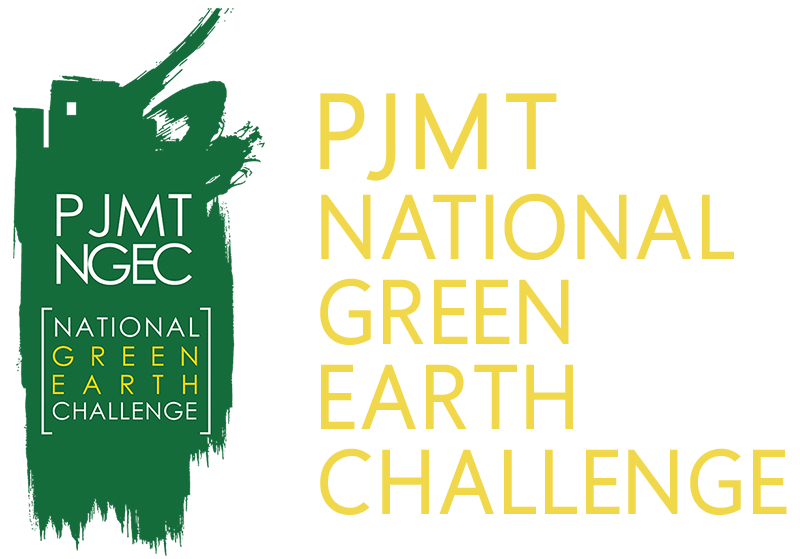

The Arch-Eng Challenge
The Arch-Eng theme encourages Architecture and Engineering students to create sustainable design solutions that are rooted in evidence and address issues related to the environment & people. The challenge emphasizes a transdisciplinary approach, integrating the environmental, social, and technological aspects while designing the solution. Participants should bring their innovative ideas and subject matter expertise to reinvent conventional practices or provide an alternate solution to enhance efficiency.
The principles of this challenge are the 5Rs—Repurpose, Recycle, Refuse, Reuse, and Reduce. While this category is primarily for engineering and architecture students, we encourage them to think beyond their primary discipline and incorporate methodologies from other fields to enrich their submissions. Participants are encouraged to creatively repurpose available resources by utilizing strategies such as advanced product design, spatial reconfiguration, material innovation, and energy-efficient systems. Submissions should not only challenge conventional thinking but also embrace out-of-the-box creativity.
To learn more about what each theme entails, the evaluation criteria, and guidelines for submissions, please click on the links below:
The Design Challenge
The Design category of the PJMT National Green Earth Challenge aims to promote sustainability by transforming available materials into innovative products that benefit humanity, communities, society, and the environment as a whole. Our planet faces escalating environmental challenges, from resource scarcity to mounting waste and pollution. Designers have a unique ability to shape how products are created, used, and discarded. In this challenge, we ask you to reimagine design processes through the lens of circularity—creating innovative solutions that keep materials in use for as long as possible, minimize waste, and regenerate natural systems.
Your submission can take the form of a product, textile, or any creative solution that addresses an environmental issue by incorporating circular design strategies. Designs should follow the core principles of the ‘Panchabhutas’ and align with the 5Rs: Repurpose, Recycle, Refuse, Reuse, and Reduce while planning the solution.
To learn more about what each theme entails, the evaluation criteria, and guidelines for submissions, please click on the links below: